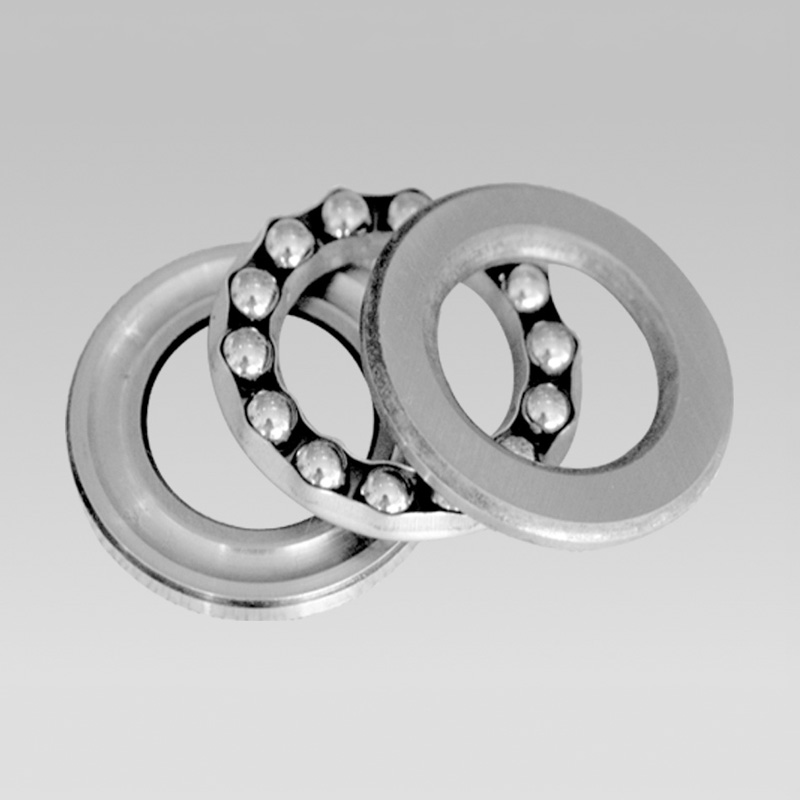
10 月 . 13, 2024 16:25 Back to list
thrust ball bearing mounting
Thrust Ball Bearing Mounting A Comprehensive Guide
Thrust ball bearings play a crucial role in facilitating smooth rotational movement and handling axial loads in machinery. Proper mounting of these bearings is essential for ensuring longevity, efficiency, and optimal performance. This article will guide you through the key steps and considerations for the effective mounting of thrust ball bearings.
Understanding Thrust Ball Bearings
Thrust ball bearings consist of two races and a ball complement. They are designed to accommodate axial loads in one direction, making them suitable for applications such as automotive transmissions, machine tool spindles, and conveyor systems. Unlike radial ball bearings, which can handle both radial and axial loads, thrust ball bearings are solely focused on axial forces, emphasizing the importance of accurate alignment and mounting.
Mounting Procedure
1. Preparation Before beginning the mounting process, ensure that all components are clean and free from debris. Dust and dirt can lead to premature wear and bearing failure. It's also important to inspect the bearings for any signs of damage or corrosion.
2. Selecting the Right Tools Use appropriate tools such as bearing pullers, hammers, and wrenches specific to the bearing size. A mounting tool designed for thrust bearings can help apply even pressure during installation.
thrust ball bearing mounting

3. Aligning the Components Align the bearing races with the corresponding housing and shaft carefully. Proper alignment is crucial as misalignment can lead to uneven load distribution, causing excessive wear on the bearing and potentially leading to failure.
4. Applying Load When mounting the thrust ball bearing, ensure that the load is applied axially and evenly. This can be done by gently tapping the bearing into place or using a hydraulic press, depending on the bearing size and application. Avoid using excessive force, which can damage the bearing.
5. Securing the Assembly After the bearing is in place, secure it using retaining rings or other fastening methods as required by your application. Ensuring a tight fit will help in maintaining the position of the bearing during operation and prevent any unwanted movement.
Maintenance Tips
Regular maintenance is vital for the longevity of thrust ball bearings. This includes periodic inspections for signs of wear, lubrication to reduce friction, and ensuring that the loads applied remain within the specified limits of the bearing.
Conclusion
The proper mounting of thrust ball bearings is essential in maximizing their performance and lifespan. By following the guidelines outlined in this article, you can ensure that your bearings operate smoothly, efficiently, and reliably, contributing to the overall effectiveness of your machinery. Remember that a well-maintained bearing is key to achieving optimal operational success.
Latest news
-
Unlocking Efficiency with Spherical Roller Bearings
NewsOct.29,2024
-
The Ultimate Guide to Thrust Ball Bearings
NewsOct.29,2024
-
The Power of Thrust Roller Bearings: Engineered for Excellence
NewsOct.29,2024
-
The Power of Deep Groove Ball Bearings for Your Application Needs!
NewsOct.29,2024
-
The Power and Performance of Cylindrical Roller Bearings
NewsOct.29,2024
-
High-Quality Ball Bearing Manufacturing Machines
NewsOct.29,2024
